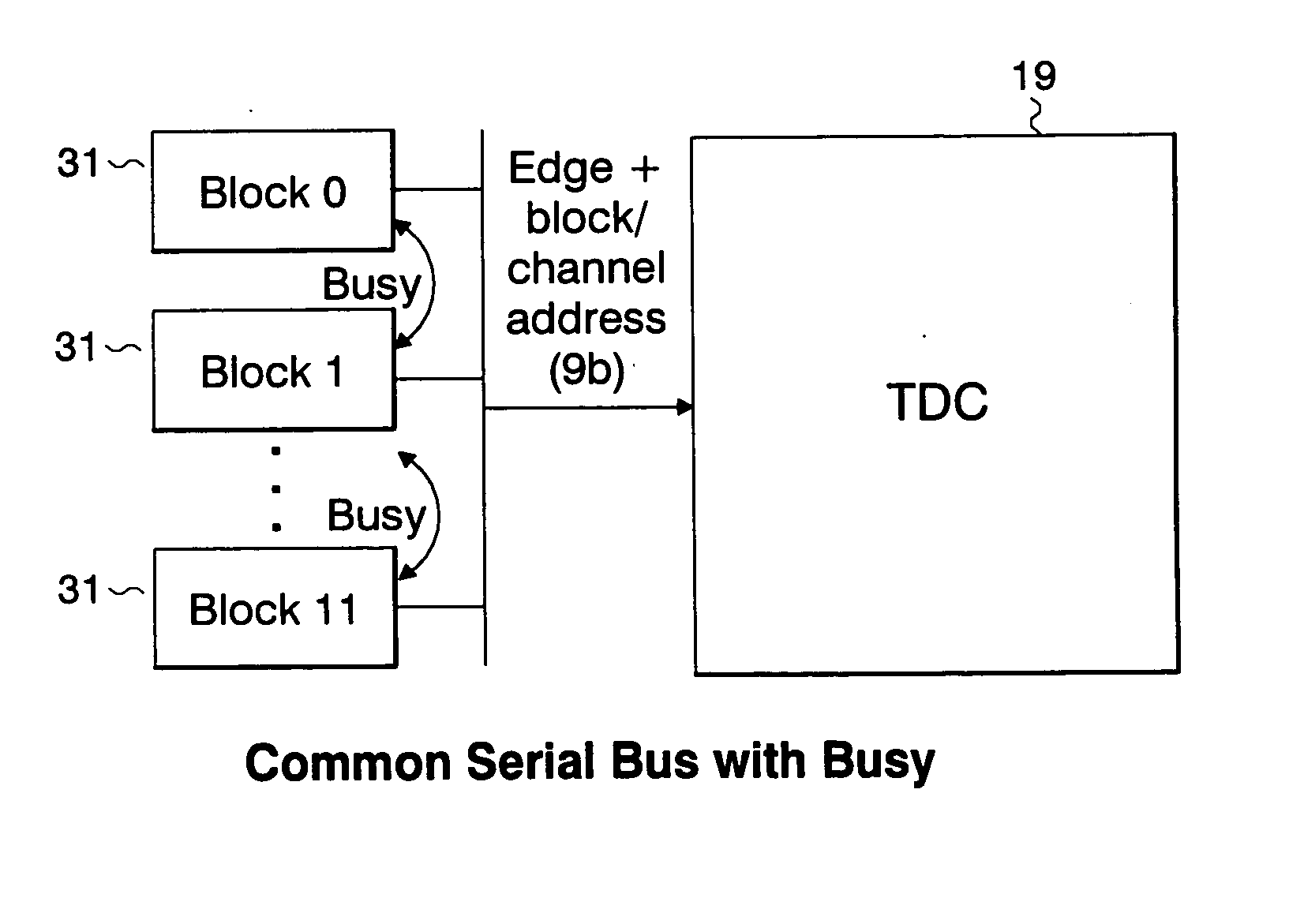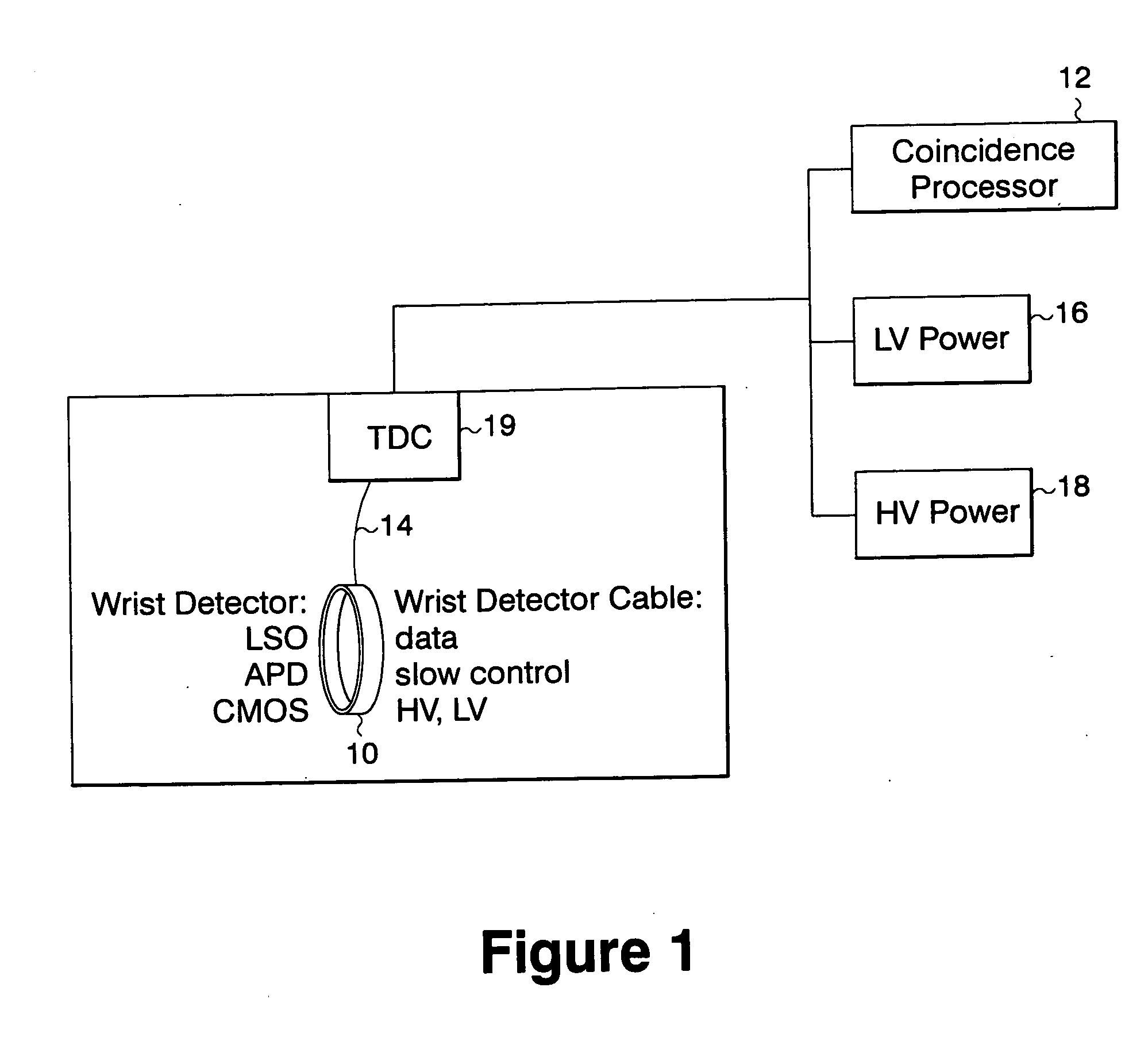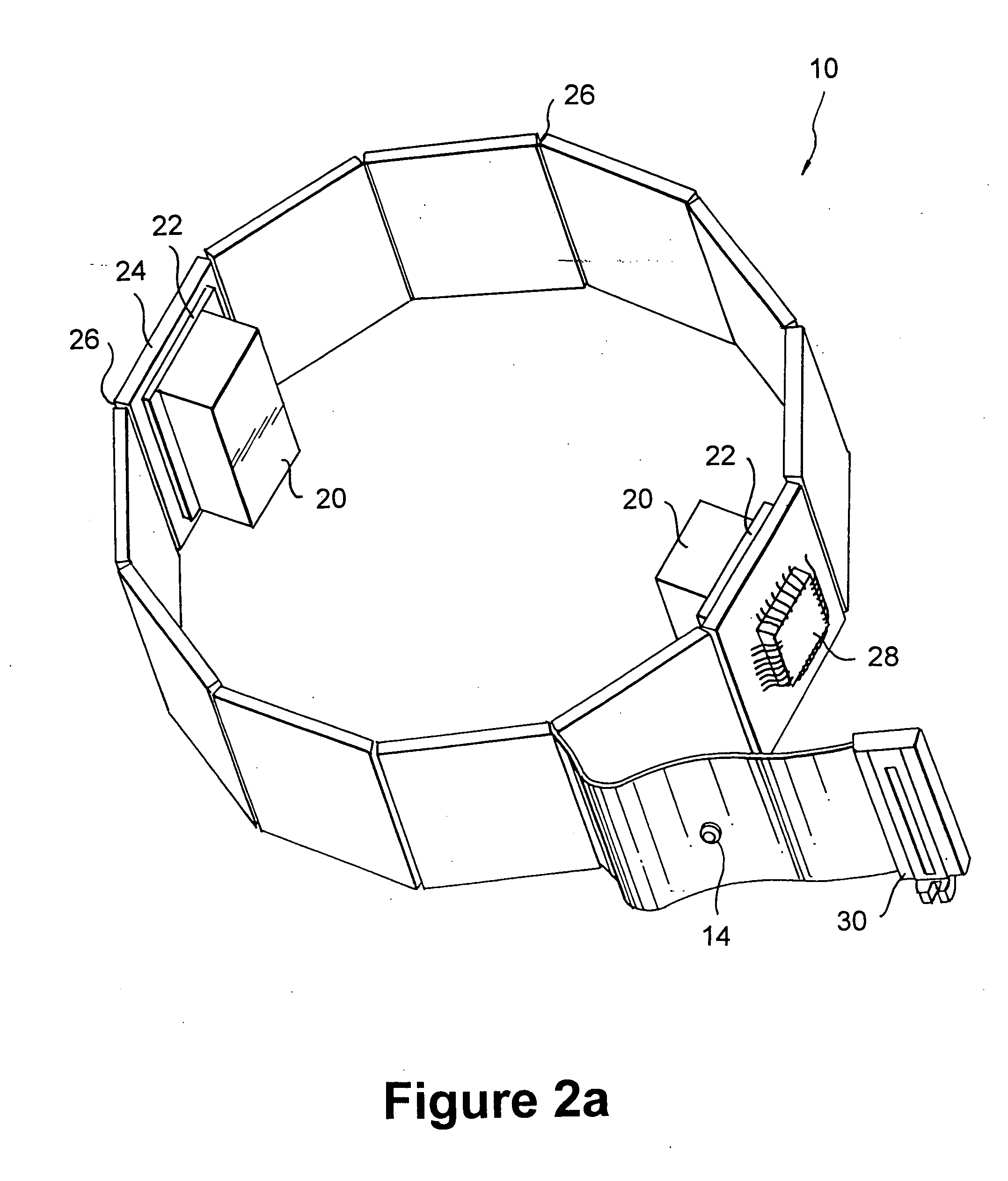Positron emission tomography wrist detector
a wrist detector and positron emission technology, applied in the field of positron emission tomography wrist detectors, can solve the problems of significant health risk for both patients and hospital personnel, radioisotope instability, and invasive blood withdrawal, so as to reduce the discomfort of patients and the risk associated.
- Summary
- Abstract
- Description
- Claims
- Application Information
AI Technical Summary
Benefits of technology
Problems solved by technology
Method used
Image
Examples
Embodiment Construction
[0048] A quantitative positron emission tomography (PET) imaging experiment generally requires inserting an arterial catheter, taking blood samples, and analyzing these samples for radioactivity concentration. The method and apparatus formed in accordance with the present invention measures the radioactivity present in the blood without the use of a catheter to physically remove the blood from the artery and mathematically corrects the results of this measurement to accurately represent an arterial input function.
[0049] The wrist detector system formed in accordance with the present invention provides an accurate arterial input function in the presence of background activity from the body. FIG. 1 is a block diagram showing the wrist detector 10 used in conjunction with a PET scanning system to determine the timing and location of annihilation events.
[0050] The system preferably includes a coincidence processor 12 that receives data from the wrist detector 10 through a Time-to-Digi...
PUM
 Login to View More
Login to View More Abstract
Description
Claims
Application Information
 Login to View More
Login to View More - R&D
- Intellectual Property
- Life Sciences
- Materials
- Tech Scout
- Unparalleled Data Quality
- Higher Quality Content
- 60% Fewer Hallucinations
Browse by: Latest US Patents, China's latest patents, Technical Efficacy Thesaurus, Application Domain, Technology Topic, Popular Technical Reports.
© 2025 PatSnap. All rights reserved.Legal|Privacy policy|Modern Slavery Act Transparency Statement|Sitemap|About US| Contact US: help@patsnap.com



